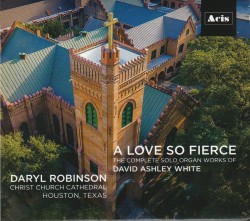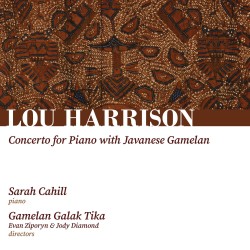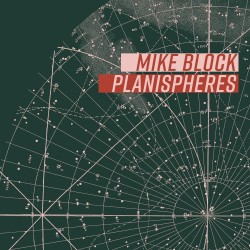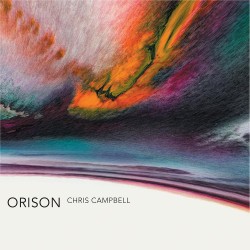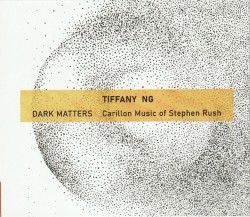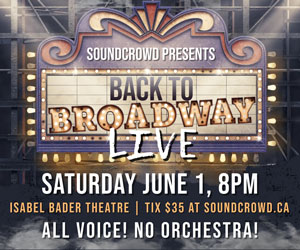Kermès - Julia Den Boer
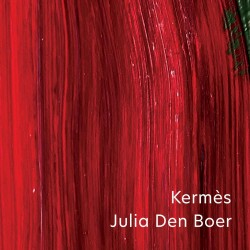 Kermès
Kermès
Julia Den Boer
New Focus Recordings FCR311 (newfocusrecordings.com/catalogue/julia-den-boer-kermes)
Julia Den Boer’s latest release is an invitation and a gift. The listener is drawn into a series of towering resonances and rewarded with a listening experience that redefines our acquaintance with the piano. Each of the four works on the disc extends what is sonically capable for the instrument and Den Boer’s expressive interpretations are world-class in their execution. It is through such superb performances that we are able to fully grasp the deeper communicative qualities each piece is offering the listener.
First, Giulia Lorusso’s Déserts begins with hyper-colouristic and excited brush strokes that evolve into lonesome pinpricks of brilliant colour and imagination. Linda Catlin Smith’s The Underfolding is a harmonic wonderscape. Smith’s sound world reveals itself as one of the most compelling artistic voices one can encounter: wonderfully layered sonorities create a veil of undiscovered colours in an ideal trance haven. The distant hollowness of Anna Thorvaldsdóttir’s Reminiscence produces a cerebral experience that evokes forlorn beauty. Rebecca Saunders’ Crimson uses prickly clusters and obtrusive deep interruptions that create unsettling exchanges. Den Boer’s attention to detail and expressive capabilities makes Kermes a must-listen.


